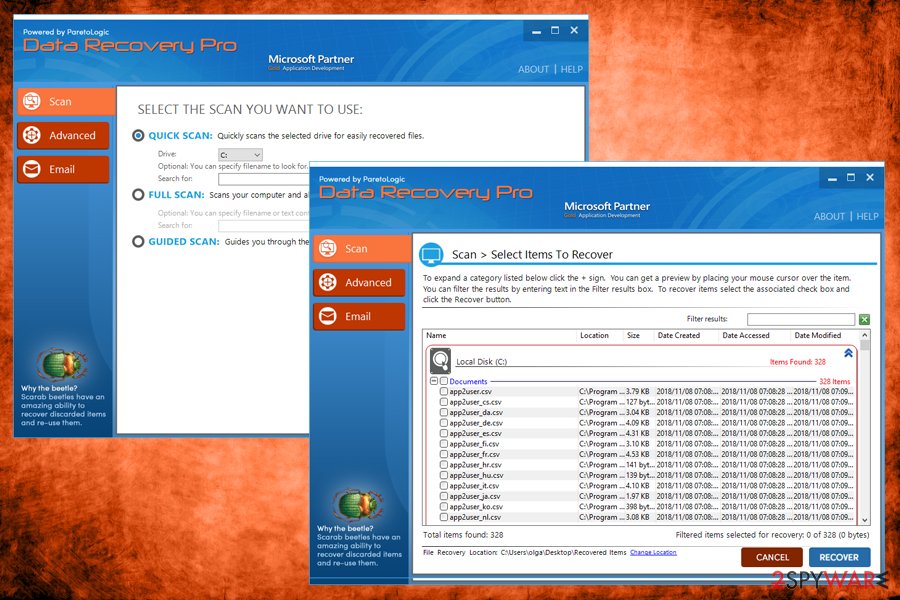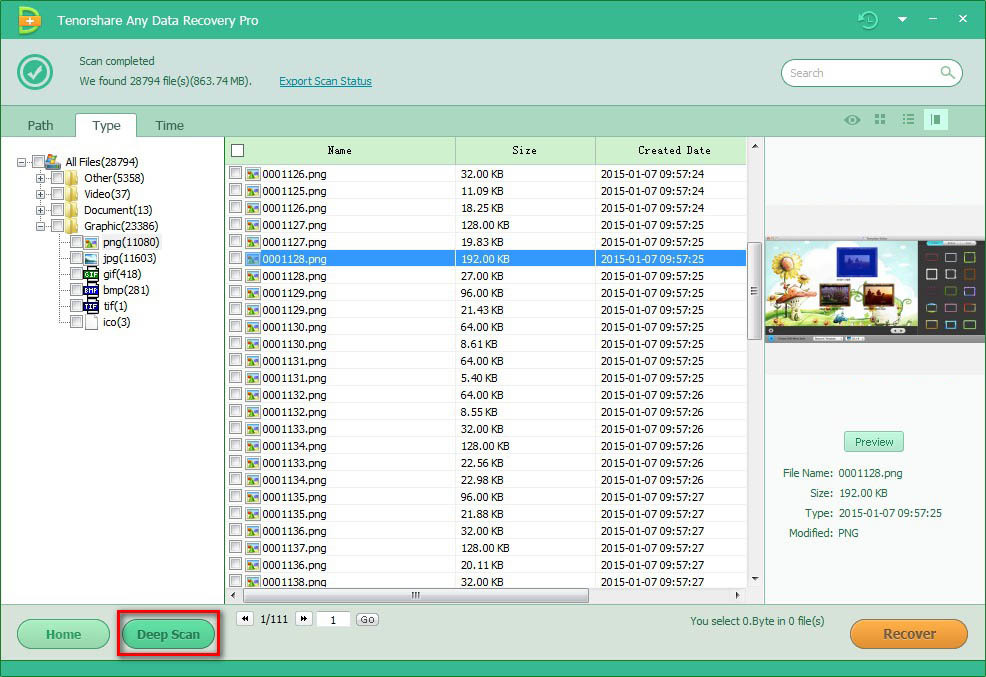

The pharmacokinetics of trandolapril and trandolaprilat are not altered when trandolapril is administered in combination with verapamil, compared to monotherapy. Cleavage of the ester group converts trandolapril to its active diacid metabolite, trandolaprilat, which reaches peak plasma concentrations within 2-12 hours. Peak plasma concentrations of the active desmethyl metabolite of verapamil, norverapamil, are reached within 5-15 hours. Trandolapril/verapamil Hydrochloride ER Tabletsįollowing a single oral dose of trandolapril/verapamil hydrochloride ER tablets in healthy subjects, peak plasma concentrations are reached within 0.5-2 hours for trandolapril and within 4-15 hours for verapamil. Both black patients (usually a predominantly low renin group) and non-black patients respond to 2 to 4 mg of trandolapril. Trandolapril is an effective antihypertensive in all races studied. While the mechanism through which trandolapril lowers blood pressure is believed to be primarily suppression of the renin-angiotensin-aldosterone system, trandolapril has an antihypertensive effect even in patients with low renin hypertension. Whether increased levels of bradykinin, a potent vasodepressor peptide, play a role in the therapeutic effect of trandolapril/verapamil hydrochloride ER tablets remains to be elucidated.

Removal of angiotensin II negative feedback on renin secretion leads to increased plasma renin activity (PRA).ĪCE is identical to kininase II, an enzyme that degrades bradykinin. In controlled clinical trials, treatment with trandolapril/verapamil hydrochloride ER tablets resulted in mean increases in potassium of 0.1 mEq/L (see PRECAUTIONS). The latter decrease may result in a small increase of serum potassium. Inhibition of ACE results in decreased plasma angiotensin II, which leads to decreased vasopressor activity and to decreased aldosterone secretion. Angiotensin II also stimulates aldosterone secretion by the adrenal cortex. ACE is a peptidyl dipeptidase that catalyzes the conversion of angiotensin I to the vasoconstrictor, angiotensin II. Trandolaprilat is about 8 times more potent than trandolapril. Both inhibit angiotensin-converting enzyme (ACE) in human subjects and in animals. Trandolapril is de-esterified to its diacid metabolite, trandolaprilat. Verapamil does not alter total serum calcium levels. During isometric or dynamic exercise, verapamil does not alter systolic cardiac function in patients with normal ventricular function. Verapamil exerts antihypertensive effects by decreasing systemic vascular resistance, usually without orthostatic decreases in blood pressure or reflex tachycardia. Verapamil is a calcium channel blocker that exerts its pharmacologic effects by modulating the influx of ionic calcium across the cell membrane of the arterial smooth muscle as well as in conductile and contractile myocardial cells. For the four dosing strengths, the antihypertensive effect of the combination is approximately additive to the individual components.

Verapamil hydrochloride and trandolapril have been used individually and in combination for the treatment of hypertension. Related/similar drugs amlodipine, lisinopril, metoprolol, losartan, furosemide, hydrochlorothiazide Trandolapril and Verapamil - Clinical Pharmacology


 0 kommentar(er)
0 kommentar(er)
